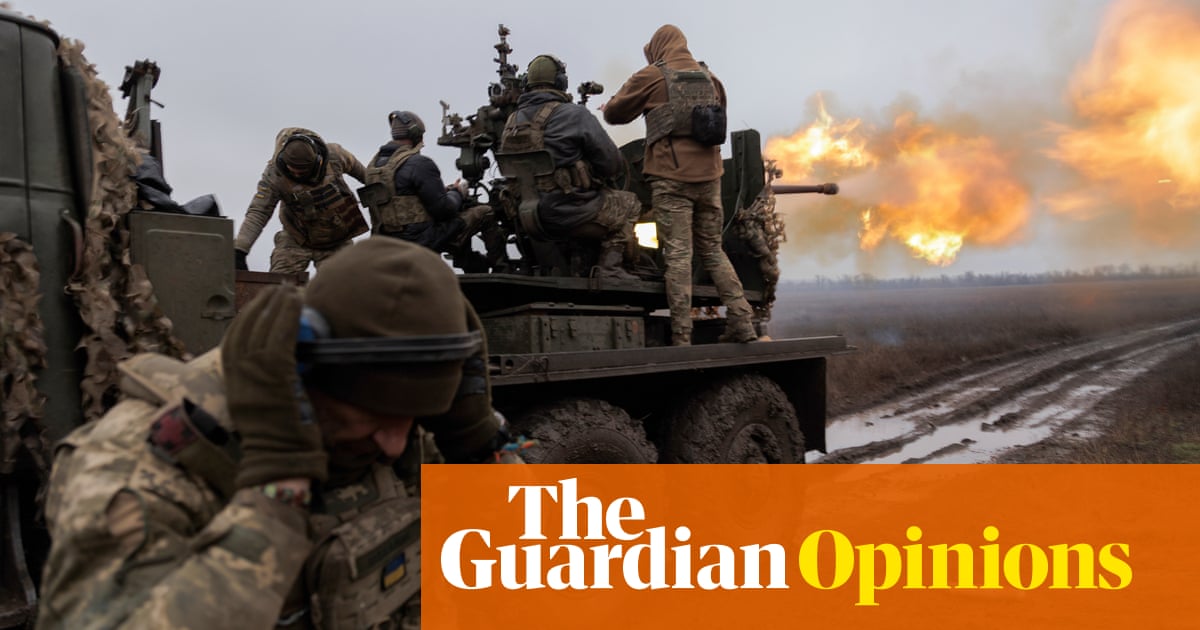
The month of March has seen a number of developments that will have a lasting impact on Syrian affairs.
Early in the month, Russia and Turkey entered into a new agreement on the Idlib situation to update their accord from September last year to remove extremists controlling that town. Two weeks later, on March 17, Damascus hosted two generals — the chiefs of staff of Iran and Iraq. Their meeting in Damascus discussed the challenges for Syria and the region following the demise of Daesh.
Daesh’s last holdout at Baghouz finally fell on March 22 into the hands of the largely Kurdish Syrian Democratic Forces (SDF), which are allied with the US in Syria. Though several thousand extremist fighters and family members have left Baghouz, the SDF still has in its custody a number of foreign militants whose countries have disowned them.
There are fears that a large number of Arabs have melted back to their homes, particularly in Iraq, and could reignite domestic violence. There is also dark talk that the extremists’ custodians might deliberately relocate militants to sensitive areas in order to challenge Iran’s regional outreach.
At the heart of the convoluted regional scenario is Turkey. President Recep Tayyip Erdogan is anxious to move his forces east of the Euphrates and decimate the SDF, which he sees as partners of the outlawed dissident Kurdistan Workers’ Party (PKK). But he enjoys no support: The US still maintains a small detachment of its troops to deter him, while the SDF has promised Syria’s “second great war” in case the Turks attack. Turkey’s allies — Russia and Iran — also oppose this move. Both are committed to Syria’s unity and would like to address Ankara’s security concerns by encouraging the Kurds to engage with the Assad government and negotiate for themselves an autonomy package enshrined in a new constitution.
On the other hand, Turkey remains reluctant to address the matter of Idlib. In September, it agreed to separate the extremists from Hayat Tahrir Al-Sham (HTS) from the “moderate” opposition, so that this last bastion of rebel control would go back to the Damascus government. Instead, in January, the HTS overwhelmed Turkey-backed moderates and took control of the town.
Turkey’s game-plan appears to be to get HTS declared a “moderate” group and integrate it into the National Liberation Front (NLF) that it has put together to fight the SDF and to maintain its presence in northern Syria. So far, HTS has resisted Turkey’s blandishments.
With the new agreement, an exasperated Russia has injected itself into the Idlib cauldron through patrolling by its troops and airstrikes on HTS targets. This has created fresh problems for Turkey, as its various allies are threatening to leave the Turkey-sponsored coalition and take up arms against it and the Assad government.
An exasperated Russia has injected itself into the Idlib cauldron through patrolling by its troops and airstrikes
Talmiz Ahmad
If the situation deteriorates, there are concerns that the Astana peace process might come apart. This would lead to a fresh round of fighting across Syria, reminiscent of the early days of the conflict, and could even involve Syrian troops confronting the SDF if the latter fails to rejoin the national mainstream.
Over the last year or so, Turkey has sustained its interests in Syria by being a partner in the Astana process and also repeatedly obtaining US support by holding out on the prospect of deeper political and military ties with Russia. This era of brinkmanship could be ending.
The Donald Trump-Erdogan arrangement in December, under which all US troops in Syria would be withdrawn and Turkey would police the north of the country, including the Kurdish-held territories, seems to have fallen through, with the US showing no signs of early withdrawal. Again, the US has warned that the Turkish purchase of the S-400 missile system from Russia would mean its exclusion from the development of the F-35 jet aircraft and the denial of the Patriot missile system.
As if the situation were not complicated enough already, US President Trump announced last week that the US recognized Israeli “sovereignty” over the occupied Golan Heights. This has elicited strong words from Erdogan, thus becoming one more issue that divides the NATO partners.
The US policy on Syria has gone through numerous contortions over the last year, swinging from aggressive long-term deployment to hasty withdrawal. As of now, the US remains sensitive to Turkey’s concerns in Syria. US envoy James Jeffrey said recently that the US would back a “safe zone” in SDF-occupied territory along the Syria-Turkey border, which would be patrolled by Turkish troops and those of its NLF allies. The SDF has declared this “unacceptable.” Again, the SDF is aware that the mere 1,000 US troops that might ultimately be deployed in northeast Syria could hardly protect their interests across one-third of Syrian territory that both the Turks and Assad might attack.
Not surprisingly, SDF leaders have now started talking of their core “Syrian” identity, the absence of any animosity for the Assad government, their limited trust in the US, and their interest in an autonomous multi-ethnic enclave in northeast Syria guaranteed by Russia.
Clearly, Daesh’s demise has brought Syria no clarity about its future.
• Talmiz Ahmad is an author and former Indian ambassador to Saudi Arabia, Oman and the UAE. He holds the Ram Sathe Chair for International Studies, Symbiosis International University, Pune, India.
Disclaimer: Views expressed by writers in this section are their own and do not necessarily reflect Arab News" point-of-view












